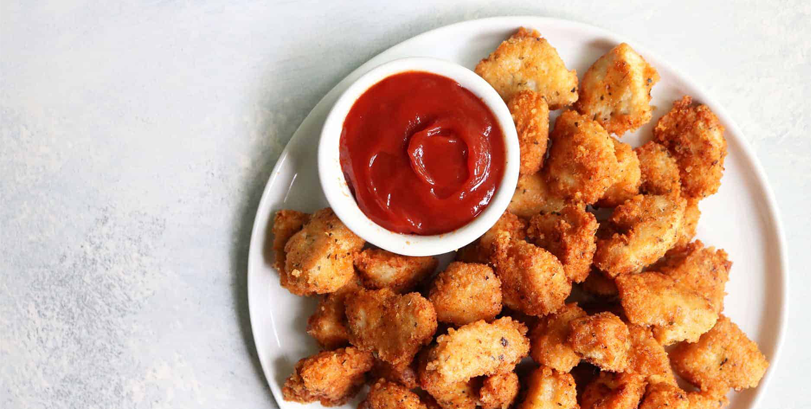Stork – Modeling Compressible Non-Newtonian Chicken Flow #SWI2010
Stork Food Systems
Stork Food Systems is the supplier of processing systems for poultry and fresh meat. As a technology market leader, with more than 45 years of experience, process knowledge and proven track record worldwide, we support and equip food processors to create maximum process value now and in the future.
Problem description
In meat processing equipment flow of meat, mass is an important aspect. Meat mass will flow through tubes, pass bends and orifices, diverge or converge in manifolds, enter moulds, etc. Optimization of equipment to attain stable, high-end product quality requires control of this meat mass flow. We would like to be able to better predict how meat properties affect flow in our forming (moulding) machines, where meat mass is pressed in moulds during mould opening and flow is a start-stop phenomena.

See examples of our machines.
Meat masses have the following physical properties:
1. Visco-elastic
2. Compressible
3. Strongly inhomogeneous
4. Strongly temperature-dependent
These properties together cause a very complex reaction to deformations (flow). Especially in non-continuous flow, where the value of different parameters and even the equipment itself never stabilizes, this leads to high complexity. Complexity hampers prediction of flow and final product quality and, as a result, optimization of equipment.
Nowadays, many flow problems are solved by Computational Fluid Dynamics (CFD). However, meat mass properties are very complex and CFD as a modelling tool is too complex and time consuming for such a purpose. It would not be unthinkable that there are other ways to come to a model that sufficiently predicts flow. There might be analogies with other fields of expertise that indicate possible solutions that we are not aware of this moment.
The goal of this assignment is to develop a mathematical model that predicts the non-continuous flow of visco-elastic, compressible meat mass in simple geometries. Pressure fluctuation, deformation rates, mould filling rates and final product weight should be important parameters in a model.


